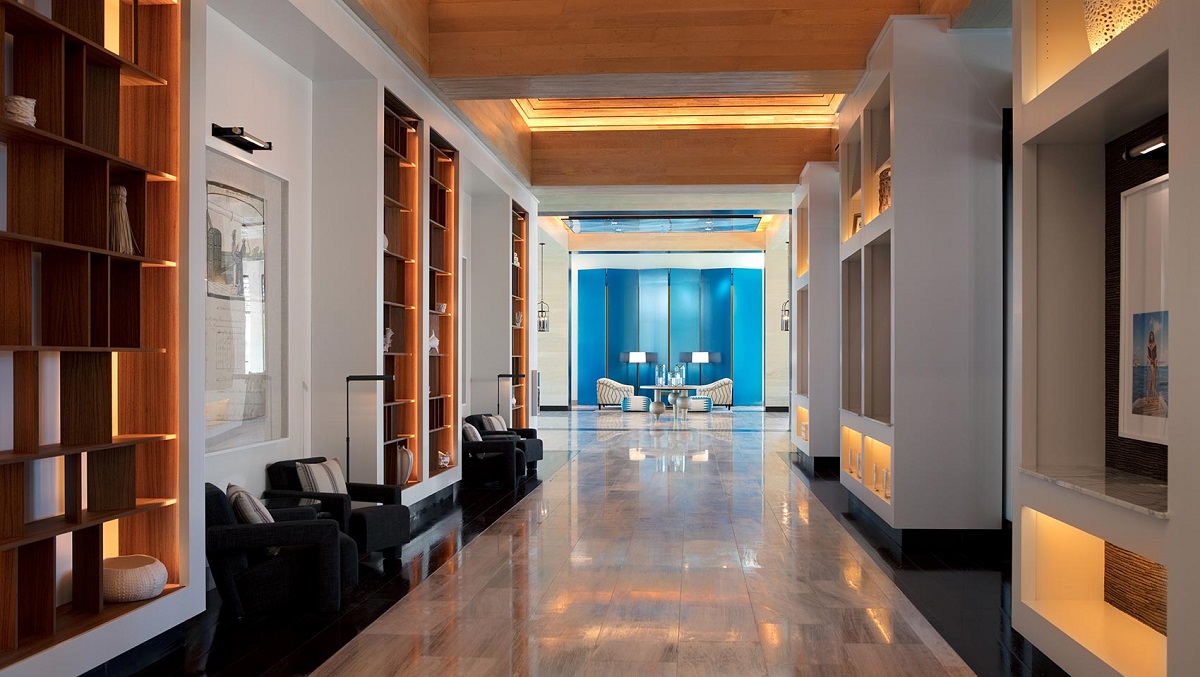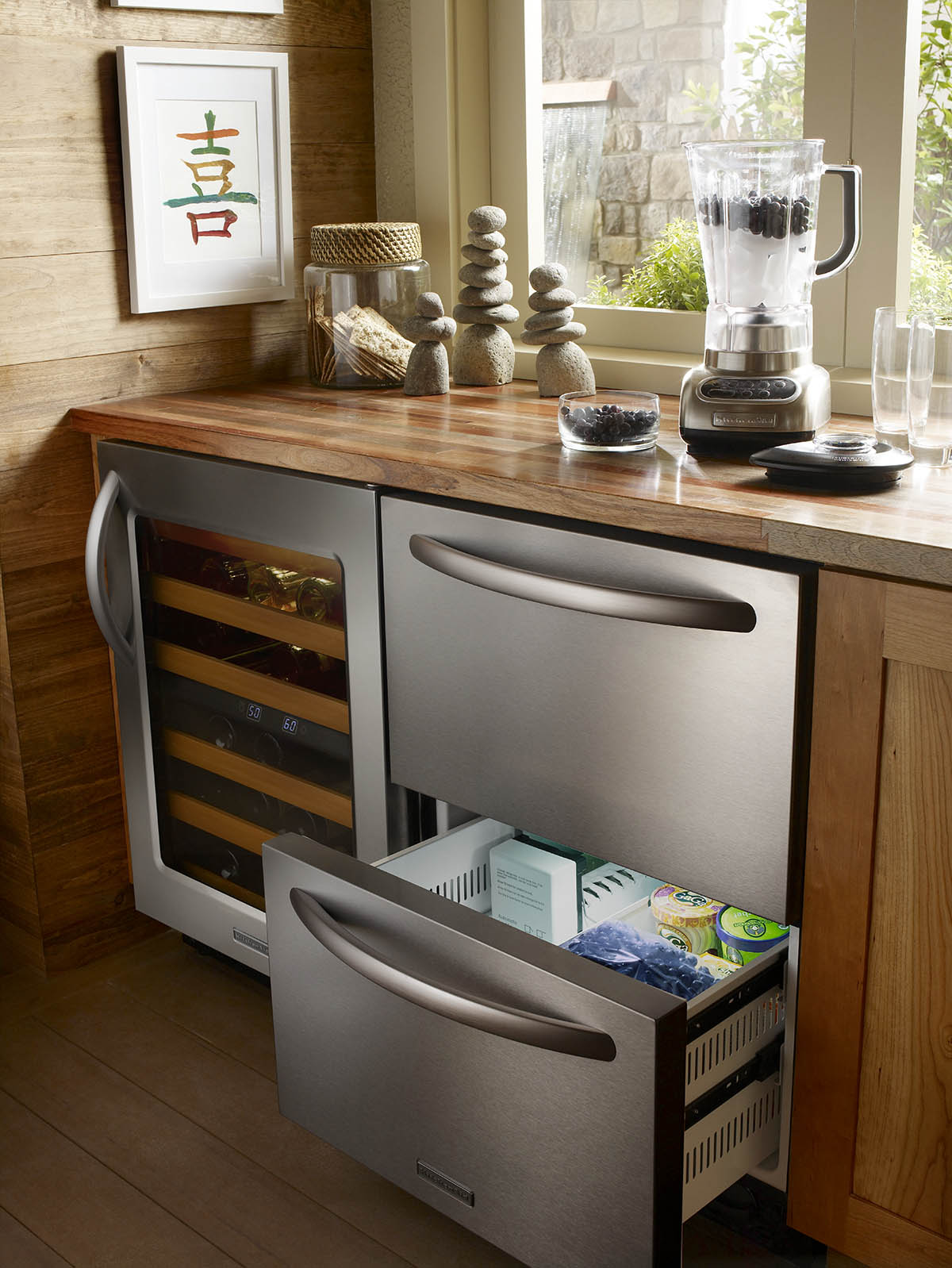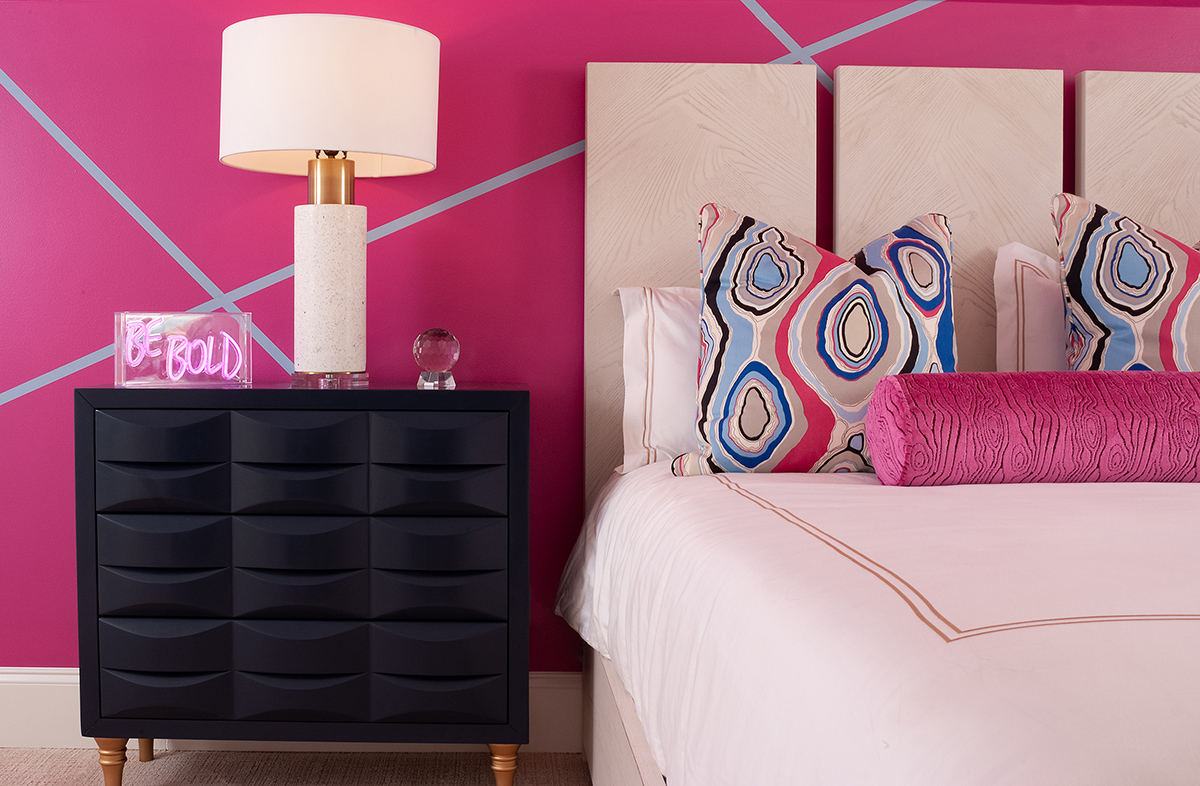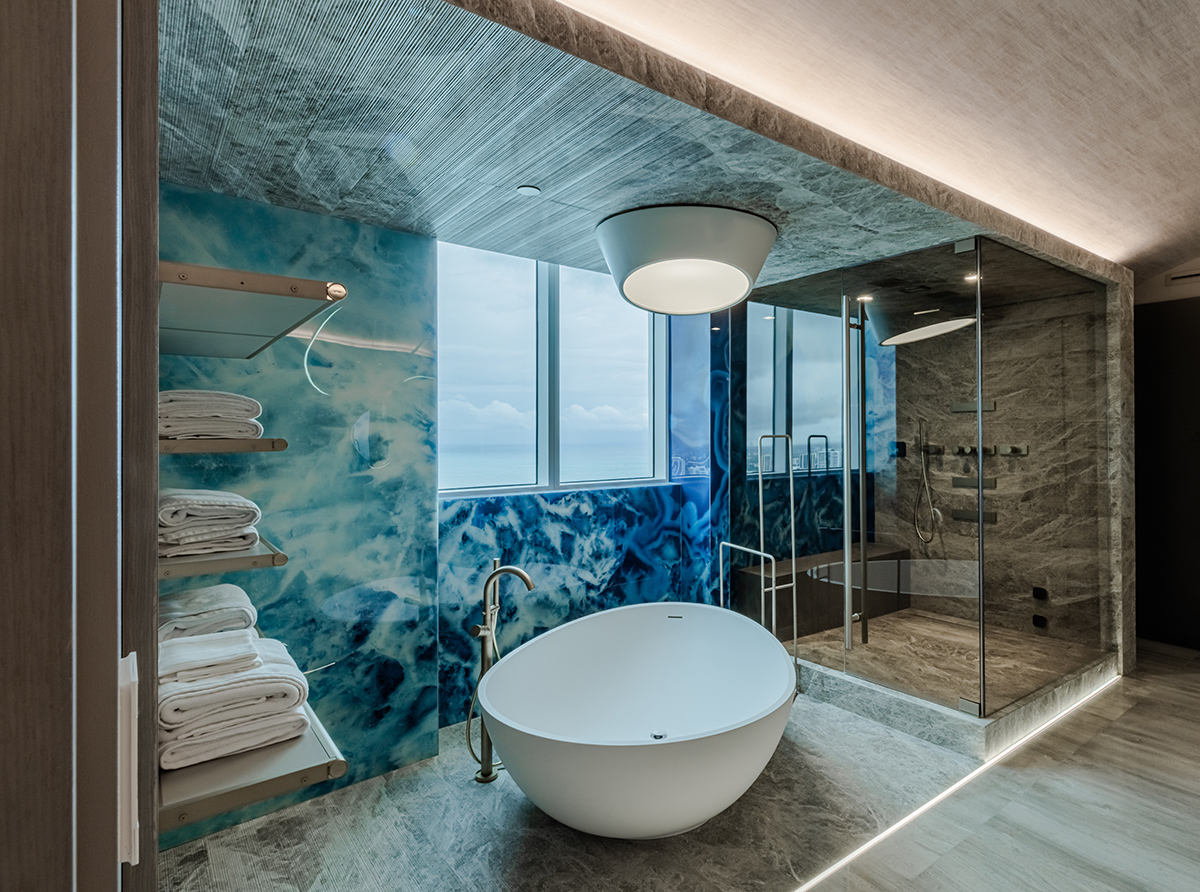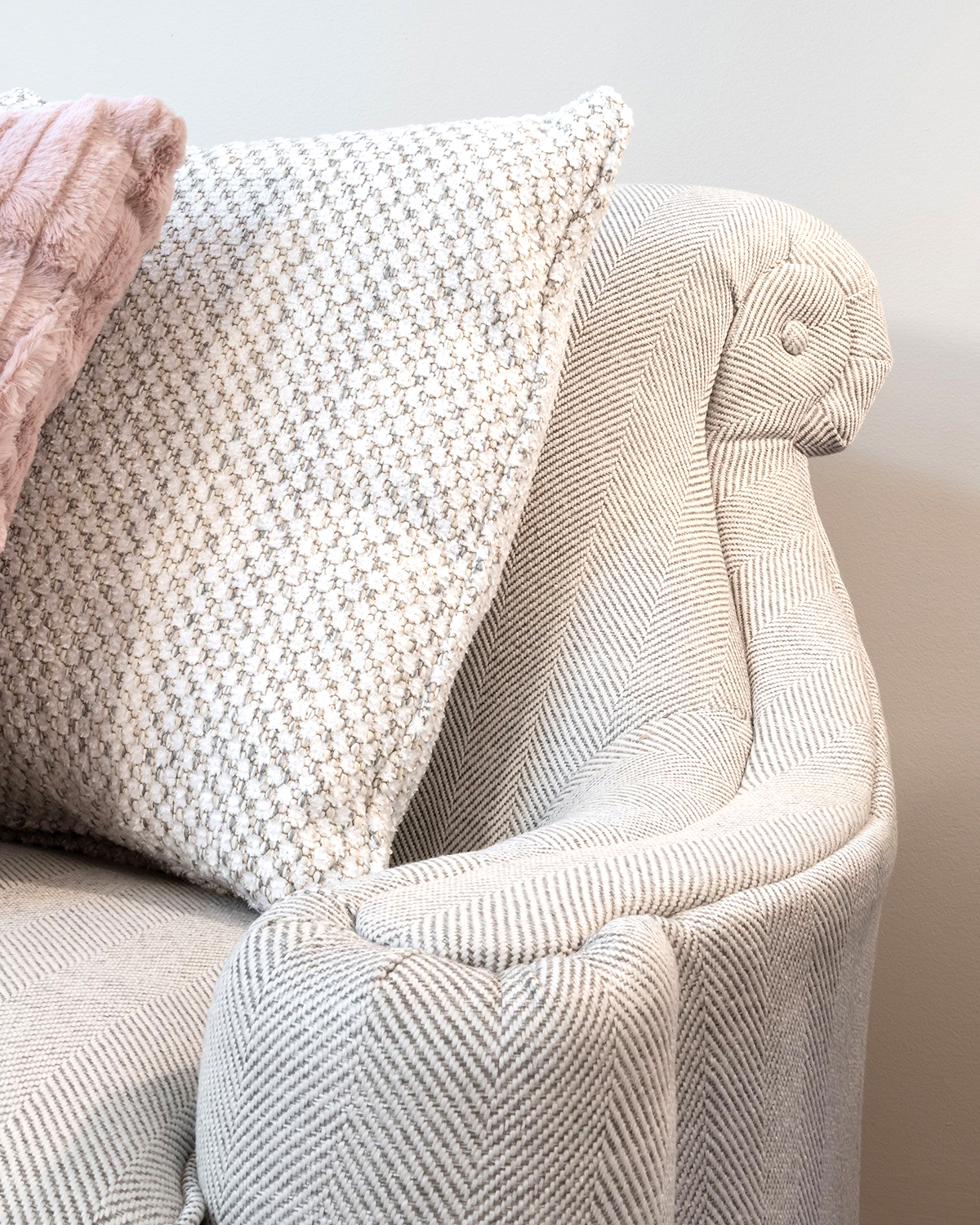WRITER | ANDY THOMAS
PHOTOS l THOMAS AND MILLIKEN
Adding or updating interior trim and molding can transform a room from simple to stupendous. But how do you determine what to use and where to install it?
Let’s look at the three most important types of trim for your home: casing, baseboard (base), and crown molding.
CASING
The trim that frames windows and doors is referred to as casing. This is the most important molding selection you will make, as it appears in every room of your home and in the greatest quantity. The casing dimensions will also determine, to some degree, the size of your base. The room’s base butts into door casings and is ideally 1/8-inch thinner than the outside edge of the casing.
If you are painting the casing, consider including details that will create shadow lines, such as beading, steps, and channels. Unless you are intentionally going for a very plain look, the shadow lines and molding shape will be the only features that create interest around your doors and windows.
BASE
Try to maintain a 3-to-5 ratio of casing to base trim. For example, if the casing is 3 ¼ inches wide, the base should be about 5 ½ inches in depth. A 4 ¼-inch casing would call for 7-inch base trim, and so on.
Typically, base moldings are plain with profile on only the top one or two inches. This emphasizes the molding’s height and minimizes its tendency to trap dust. The design portion may repeat details of the casing pattern, but it is often more effective to use a style that is similar rather than identical to the casing. Too much pattern in the baseboard can detract from the room’s windows and doorways, and the idea is to always keep the eye moving up.
CROWN MOLDING
Crown molding adds a decorative finish to walls and ceilings and can lend continuity to your interior spaces. Molding patterns with large coves soften the sharp corners of the room. Pattern-wise, you might want to echo a theme from the casing, repeating an element of the profile, for example. Feel free to dress this area up with detail. Crown molding is often composed of a long French curve or a cove with smaller details. Before choosing specific patterns for your moldings, decide whether you will paint, stain, or use a clearcoat product.
With painted molding and trim, you can choose a less expensive material such as yellow poplar, a hard smooth wood that is stable, inexpensive, and takes paint well. Maple and yellow birch selected for sap (white) grain are preferred for a clear finish when you want a blonde color.
With a stained molding, consider both the hue itself and how dark you want it to appear. Staining will darken and reduce the variation of the wood’s natural color. Generally, fruitwoods and open-grain woods such as ash, hickory, cherry, alder, mahogany, and oak stain well. Staining closed-grain woods like maple and birch is often a heartbreaking experience, as they tend to blotch and stain unevenly. There are techniques that work, but they involve sanding sealers and combining color in the topcoats.
It’s important to consider the overall impact as you decide on the grain, color, and pattern of your moldings. While incorporating shadow lines and patterned detail works well for painted trim, areas uninterrupted by strong pattern features will show off wood grain to its best advantage in a stained or clear-coated trim. This doesn’t mean you should avoid details entirely, but you may discover that a simple curve is more appealing than intricate flutes or beads.
Attractive and unique molding enhances the entire living space. It is worth the effort to choose a style that suits your home and, more importantly, your taste.


